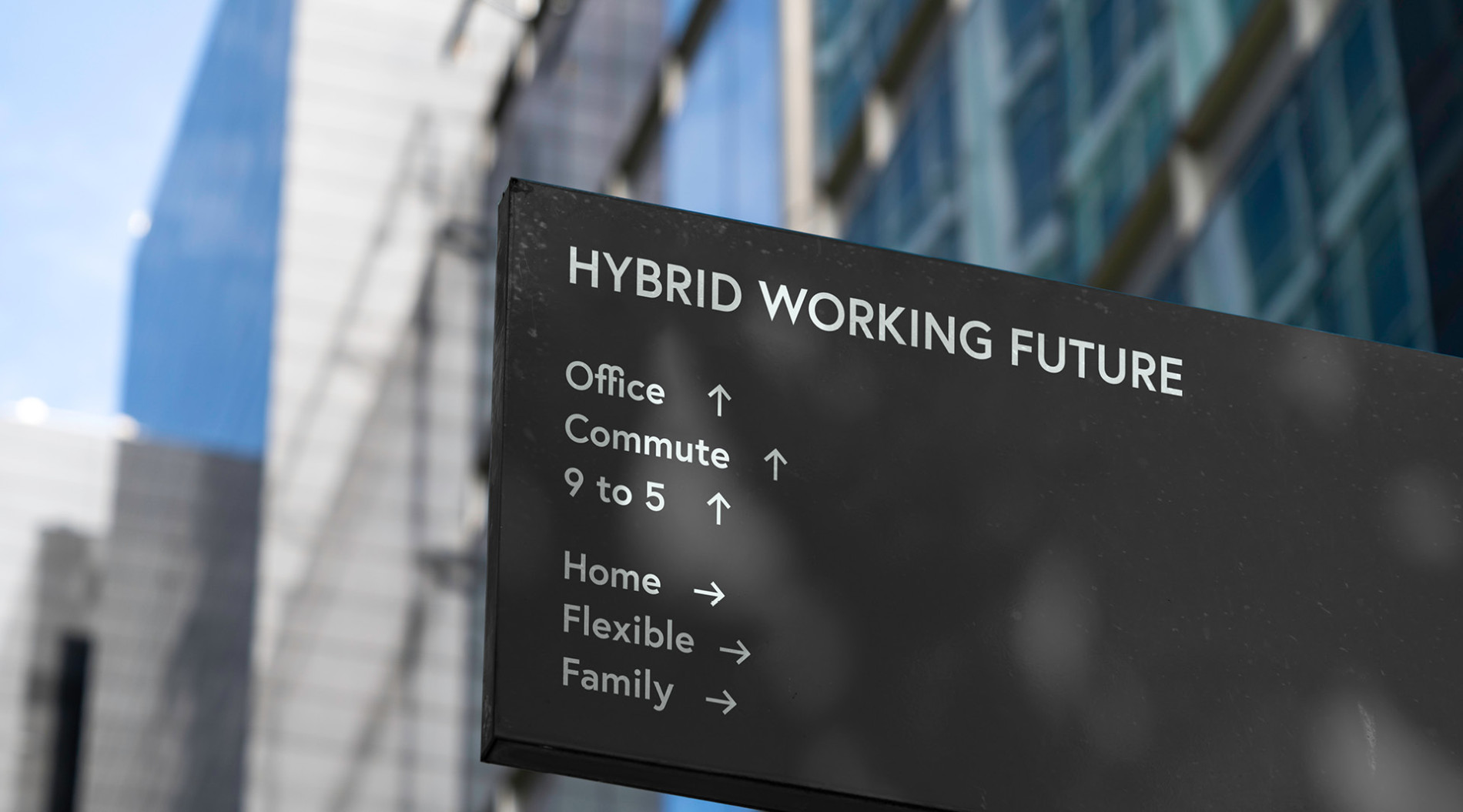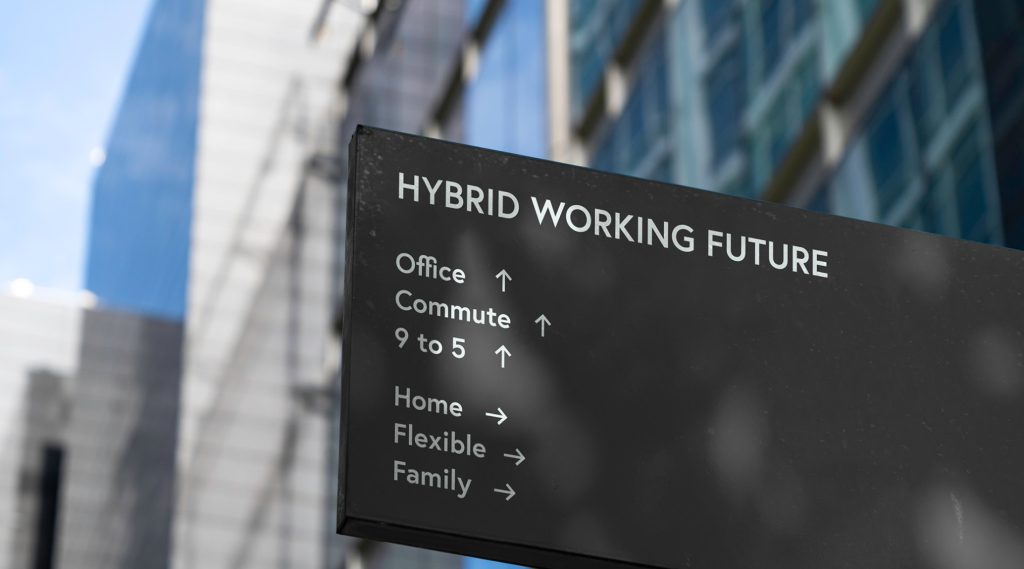Breaking Down Barriers: Addressing Bias in Hiring in Order to Promote Diversity in the Construction Industry
The Australian construction industry workforce is suffering from a lack of diversity, but it’s a situation that can be remedied.
It is dominated by men: only around 13% of workers are female.
Many of its roles are physically demanding, which means that it has a higher than average exposure to the widespread problems of an ageing workforce.
However, there is an indisputable business case for increasing diversity in construction, to not only include more women and a greater variety in workers’ ages, but also an increase in people with a disability and employees from varying cultural backgrounds.
How a diverse workforce will add to the construction industry’s bottom line
A recent McKinsey report demonstrates that companies with diverse teams are significantly more profitable. This is what diversity in construction can do:
Ease labour shortages
There were 31,200 construction job vacancies in February 2023. Tapping into more diverse sources of labour could go a long way towards easing this huge shortfall.
Increase innovation
A workforce with a variety of ages, genders and cultural backgrounds will bring new ideas and approaches to decision making, problem solving and transformation.
Meet changing demographics
The demographics of Australia’s population is in a constant state of evolution as a result of migration, and employers who recognise and embrace these changes will face fewer difficulties in hiring.
Win more contracts
An increasing number of projects require companies tendering for contracts to demonstrate that they have sound diversity, equity and inclusion (DEI) practices.
Understanding the barriers facing diversity in construction
Delving more deeply into the lack of diversity in construction, it becomes apparent that there are five main facets to the problem.
Women are underrepresented
A recent ABC News feature pointed out that construction is the most male-dominated industry in Australia. Only 13% of employees are female, mostly in administrative and support roles since only 2% work on-site in trades. This can contribute to sexism in the workplace, existing female employees feeling unwelcome and undervalued, and construction being perceived as an unattractive sector for potential female recruits.
There are low numbers of Indigenous Australians
Although the construction industry is leading the way in employing indigenous Australians, according to a report by Construction Skills Queensland, indigenous unemployment is a persistent issue. For example, indigenous construction apprentices complete apprenticeships at significantly lower rates (50%) than their non-Indigenous peers (70%), and nearly 10% of Indigenous apprentices exit during their first year.
Cultural diversity is lacking
Graph 9 in the ABS 2022 Jobs in Australia report reveals that construction accounted for only 5.4% of migrant jobs, compared with 14.1% for administration and support services, 12.1% for healthcare and social assistance, and 11.3% for accommodation and food services.
There’s a generational imbalance
An Old Man’s Game, a report by CSQ, a not-for-profit organisation funded by the construction industry, reveals that by 2017, 34% of the hours worked in construction were done by people aged over 45, compared with less than 25% in 1987. Given the rate at which Australia’s overall population is ageing, the current percentage is likely to grow significantly unless the sector can attract more young workers.
Few opportunities exist for people with a disability
The construction industry may underestimate the experience and capabilities of people living with a disability. According to Australian building product manufacturer Brickworks, despite accounting for 20% of the Australian population, people living with disability comprise just 7.7% of the construction industry workforce.
Origins of the lack of diversity in construction
In order to seize the opportunities offered by diversity, the industry has a number of internal obstacles to overcome.
Unconscious hiring bias
The reasons why so few women are hired into the construction industry may be unintentional. Job advertisements, for example, may include gendered language like male personal pronouns (he/him) or adjectives (e.g. ‘competitive’, ‘dominant’) which deter women from applying. Hiring and career advancement practices may reinforce stereotypes which make it harder for women to be selected.
Lack of diversity in leadership positions
Companies with only one type of leader – such as older Caucasian men, for example – are more likely to attract and retain one type of employee. Others may feel discouraged about applying, and if hired are less likely to stay for the long term.
Inadequate training and mentorship opportunities
Apprenticeships and ongoing training in construction can be skewed towards serving men from a local Australian background, rather than allowing for participants of varying genders and diverse ethnic origins, especially where their first language is not English. A lack of diversity in leadership means that there are insufficient mentors to counsel less typical team members.
Ways to address hiring bias
Workforce diversity can be improved by removing any bias evident during the hiring process. These are some of the options available.
Training and Education
Implement bias-awareness training for construction hiring managers and decision-makers.
Blind hiring
Anonymity in the recruitment processes to remove the applicant’s name and gender, to shift the focus of hiring managers away from gender and ethnicity and towards job-related skills and qualifications.
Diverse interview panels
Create diverse interview panels that consist of individuals from different backgrounds to help mitigate bias during the interview process.
Effective use of technology
Leverage technology such as Artificial Intelligence (AI) to screen and interview job applicants based on qualifications and experience rather than gender or cultural background.
Examples of construction companies leading the way in hiring for diversity
Several construction sector organisations have already successfully addressed hiring bias and promoted diversity.
- A leading international property and investments group, with operations in Australia, Asia, Europe and the Americas, has implemented blind recruitment practices and established DEI programs.
- An Australian property development and building company has introduced unconscious bias training for its recruitment teams, has set targets for female representation in leadership roles, and provided mentoring programs to support the development of women in the industry.
- One of Australia and New Zealand’s leading infrastructure, building, rail and transport companies has established partnerships with organisations that support diversity, such as CareerSeekers, which assists refugees and asylum seekers in finding employment opportunities, and also ensures equal opportunities for candidates from diverse backgrounds in its graduate and apprenticeship programs.
Importance of promoting diversity in leadership
A construction company’s workforce cannot be truly diverse unless its leaders are equally varied. When younger leadership aspirants from diverse backgrounds can identify with a senior management team composed of a variety of individuals, they have role models for career advancement. This leadership team is also more likely to accurately reflect the organisation’s other stakeholders as well as Australia’s multicultural society.
Greater diversity in leadership can be achieved by establishing diversity goals for leadership positions and by implementing mentorship and training programs aligned to all cultural backgrounds and genders.
Help with hiring for diversity
You don’t have to tackle your workforce diversity initiative unaided. Adecco understands and practises DEI, and its recruitment experts are ready to guide you through a process which will reap tangible rewards by filling pressing vacancies, closing the skills gap, boosting innovation, improving the organisation’s reputation, and ultimately increasing profitability. Why not contact us today?












